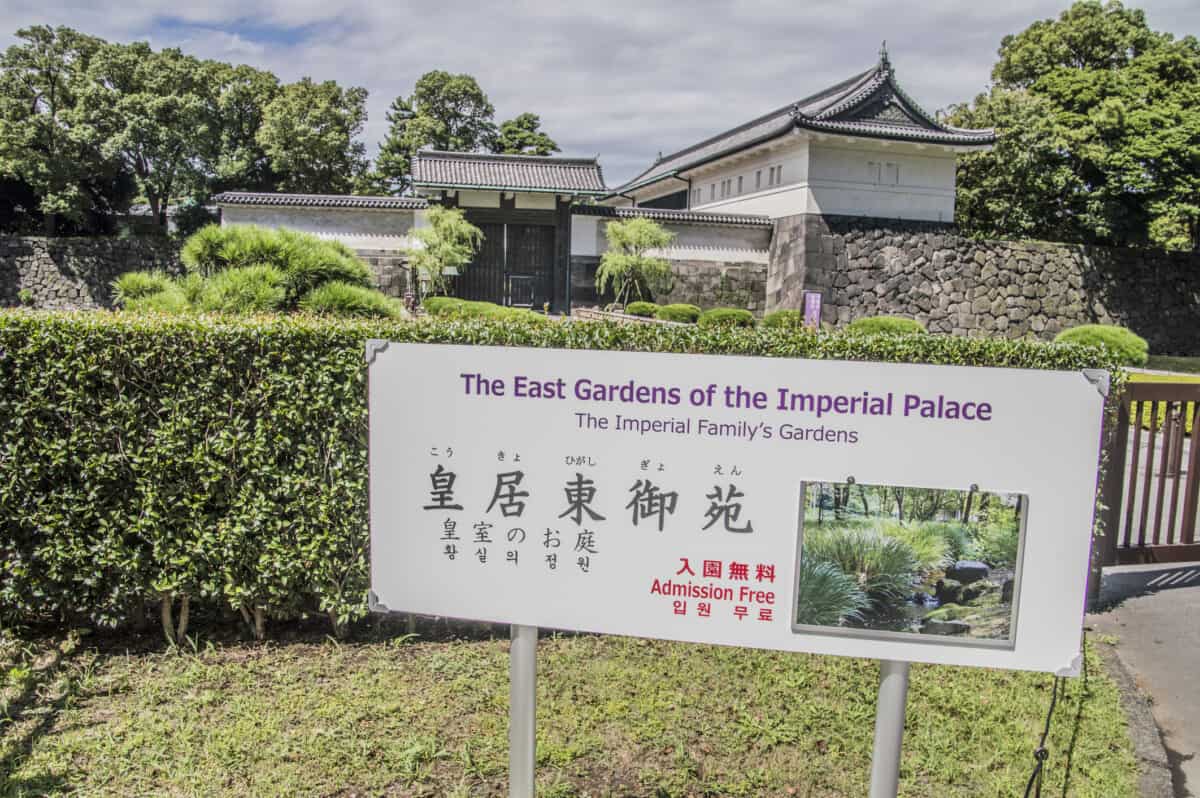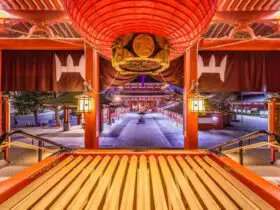The Imperial Palace East Gardens are a large public garden in Tokyo. The popular park was built on the former grounds of Edo Castle, with many structures modeled after the Edo Period. Additionally, many of the Edo Period structures still stand today.
Structures such as the Tendshudai Donjon Base, from the Edo Period buildings, have remained intact since their construction in the seventeenth century. Natural landscaping, such as the Ninomaru Pond, exists to date as well.
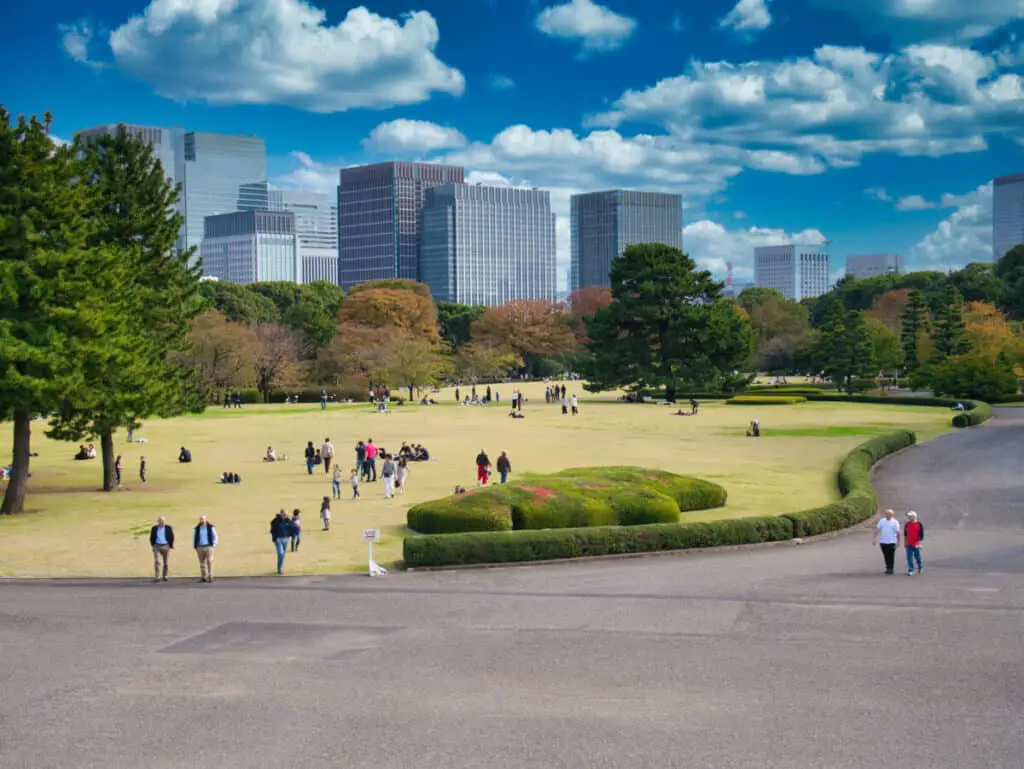
Visiting the East Gardens in Tokyo is free, and it is a welcoming atmosphere for people of all ages. It is a delightful experience, especially during autumn and spring, because of the colorful flower blooms and milder temperature, and lower humidity.
What are the East Gardens?
The East Gardens are a set of eastern gardens located inside the former Imperial Palace called Edo Castle. This garden is one of the most-visited public parks in the center of Tokyo, despite being less scenic than others.
These gardens are massive, with over 2,000,000 square feet of land to explore and view. Many people refer to the East Gardens as “The Emperor’s Secret Garden” because the massive size prevents the massive park from becoming crowded.
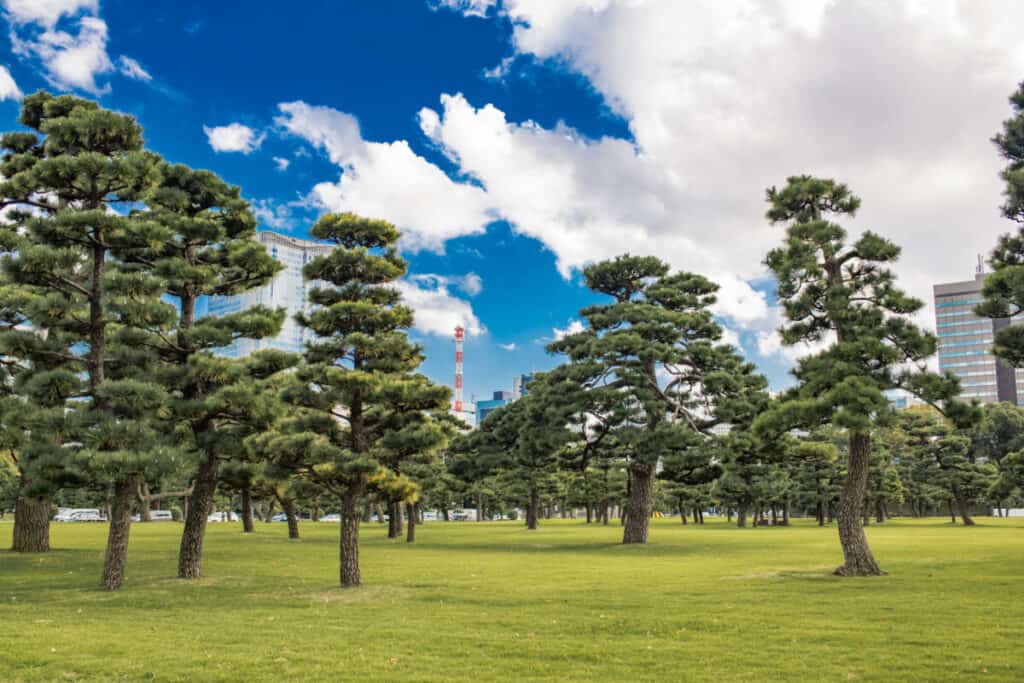
Visitors and Japanese residents appreciate the beautiful landscaping of the East Gardens. While many Edo Period buildings have fallen, this public park does its best to prevent the remaining structures from further decay.
There are various beautiful plants and flowers in the East Gardens, like cherry trees, maple trees, and plum trees. The East Gardens are great to visit during any season because of the species varieties and amazing vistas.
History of the East Gardens
The Imperial Family constructed the Edo Castle in 1638 before a fire promptly burnt it down in 1657. Instead of rebuilding Edo Castle, the Tokugawa shoguns constructed an Imperial Garden in its place.
When the Imperial Family constructed the East Gardens in place of the fallen Edo Castle, they divided the grounds into sections based on its defensive structures.
In 1968, The Imperial Household Agency rebuilt the Honmaru gardens to renovate and expand on several remaining structures, such as the former tower.
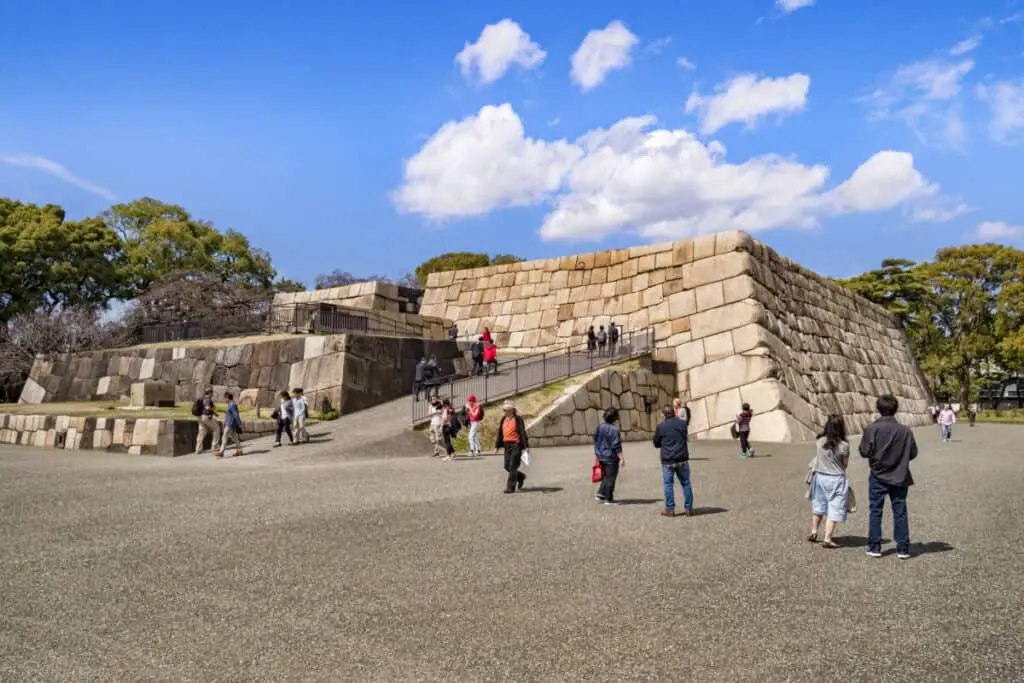
Currently, the East Gardens are a public park. Remains of the 1638 Edo Castle tower still stand, with newly constructed ramps for climbing. It takes only a few minutes to climb and reach the top, where you may view the surrounding East Gardens.
Sections of the East Gardens
The East Gardens date back to the early Edo Period, and despite reconstruction, much of the design remains unchanged.
However, based on Japanese architecture, the general design of the gardens is sectioned into two distinct areas: the ninomaru and honmaru sections.
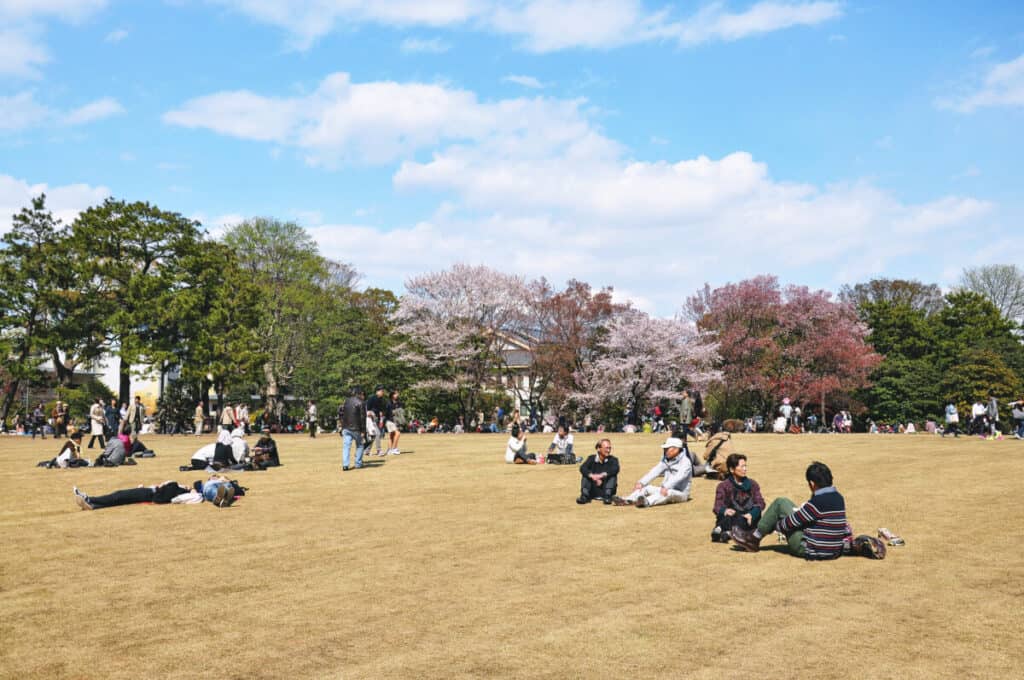
These sections each have beautiful assortments of trees, most of which are native to Japan.
The East Gardens of the Imperial Palace connect the gardens using a popular pathway called the Bairinzaka plum slope. Traveling along this path provides a glimpse of the garden’s natural landscaping.
Imperial Household Agency Official Website
Ninomaru
The ninomaru is a section of the East Garden dating back to the Edo Period. This section of the gardens is located further from the castle and is more natural than the rest of the East Gardens.
The East Garden’s ninomaru consists of natural landscaping, such as the Ninomaru Pond. Although this pond is mostly natural, the Imperial Household Agency has altered it in several ways.
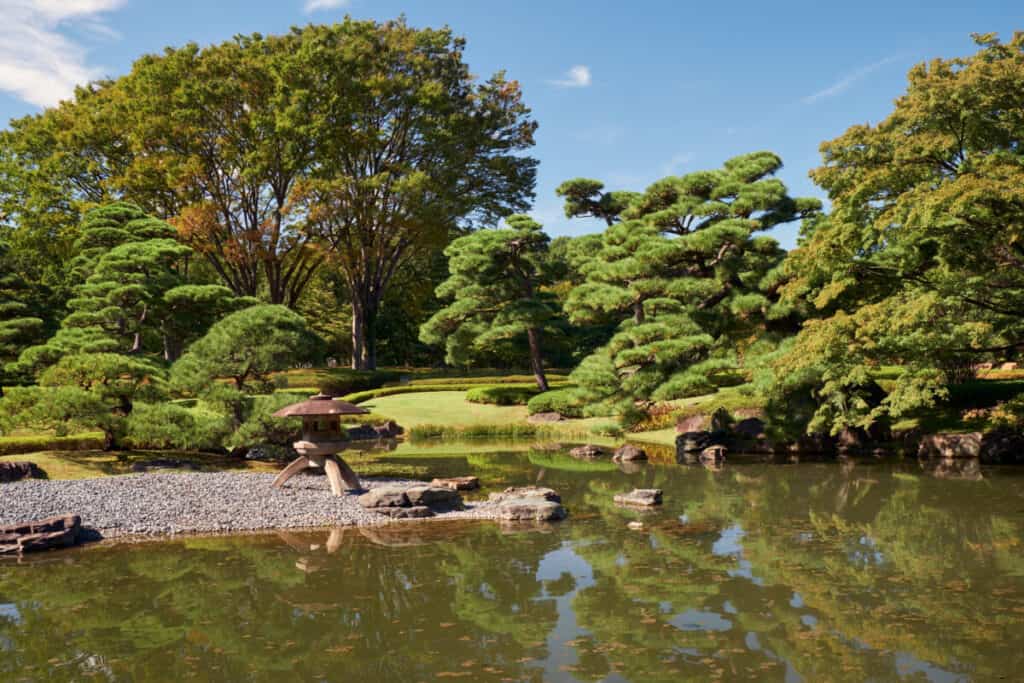
Honmaru
The honmaru garden is a stretch of lawn outlining the location of Edo Castle. Honmaru is a part of Japanese castle design, located immediately near the inner wall. As a part of the East Gardens, the honmaru is on top of the fallen Edo Castle.
Taking a stroll through the honmaru gardens is a great way to capture a view of the lawn where Edo Castle previously stood. There are many trees, plant life, and a building where the Imperial Family previously lived.
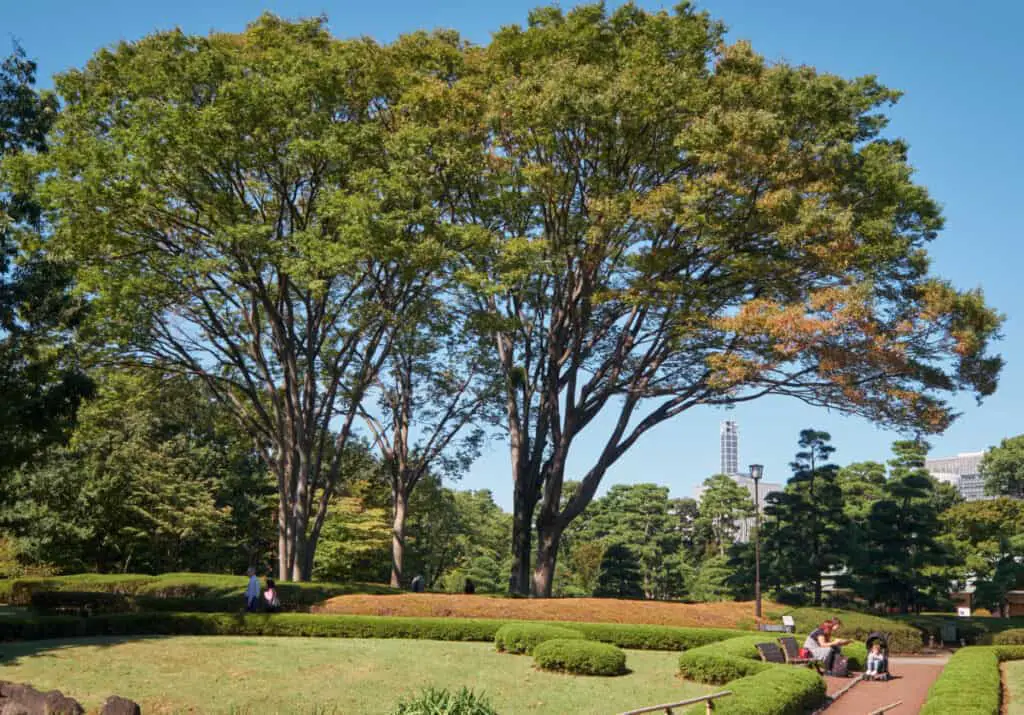
The Honmaru section of the East Gardens is in the main circle of the former castle’s line of defense. This part of the East Garden outlines the previous Edo Castle, with designs still dedicated to the Edo Period.
Incredible structures that still remain from the Edo Period, such as the remaining Tenshudai Donjon Base, attract people to explore and photograph the impressive structure.
Whether you want a glimpse of ancient architecture or a photograph from the sight above, this historic landmark is one of the East Gardens’ most worthy spots to visit.
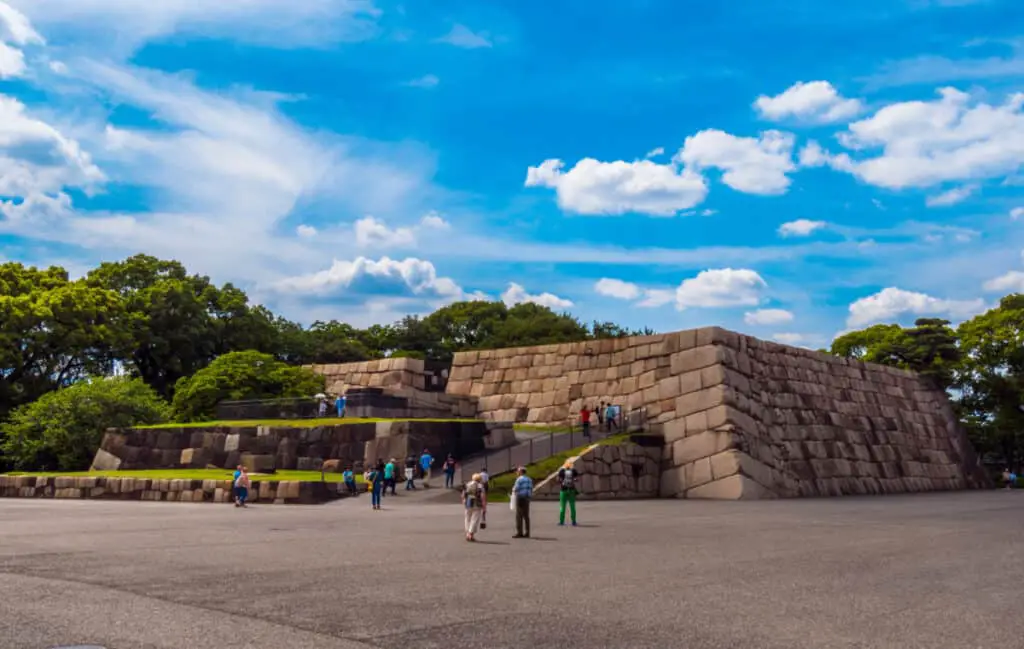
In general, the honmaru section of the East Garden does resemble a formal garden. There are several dismantled structures from the Edo Period.
Bairinzaka plum slope
The Bairinzaka plum slope is a pathway connecting the Honmaru and Ninomaru. The long stone pathway is lined with waist-high hedges and colorful plum trees.
Many people argue that plant life is the most beautiful during springtime because of the plum tree blooms. However, the Bairinzaka plum slope also has maple trees, which have gorgeous color in fall.
Ninomaru Natural Garden
The ninomaru is a section of the East Garden, consisting primarily of natural landscaping and plant life. In terms of the East Garden, the Ninomaru is closer to the Hirkawamon gate.
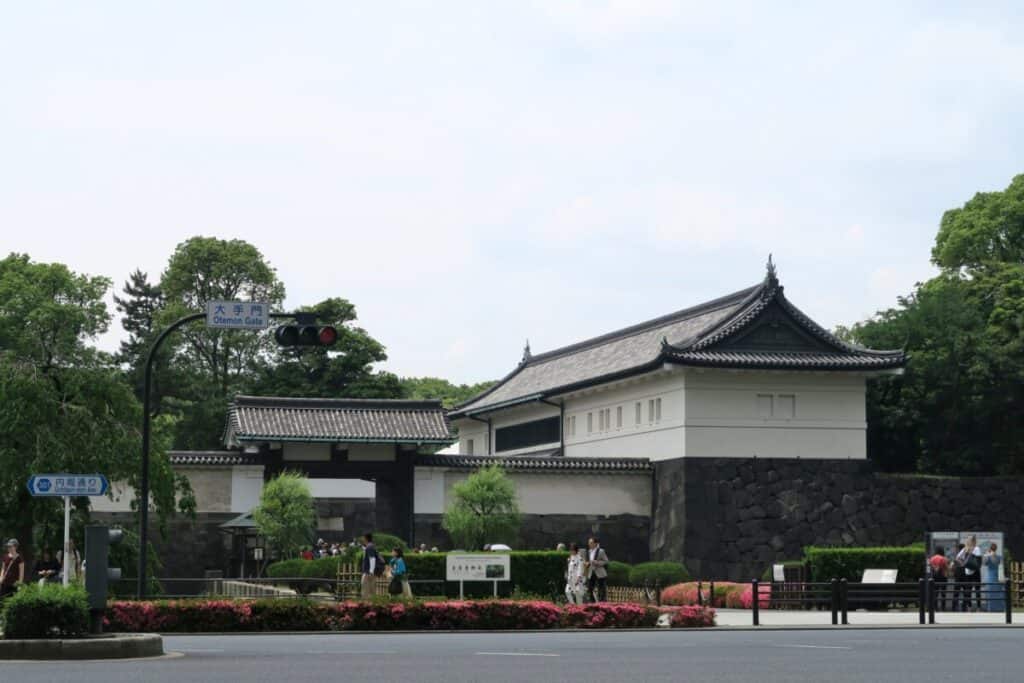
Traditionally, ninomaru is a section of Japanese architecture located further from the castle’s main center. The ninomaru is typically the second line of defense, which surrounds the honmaru.
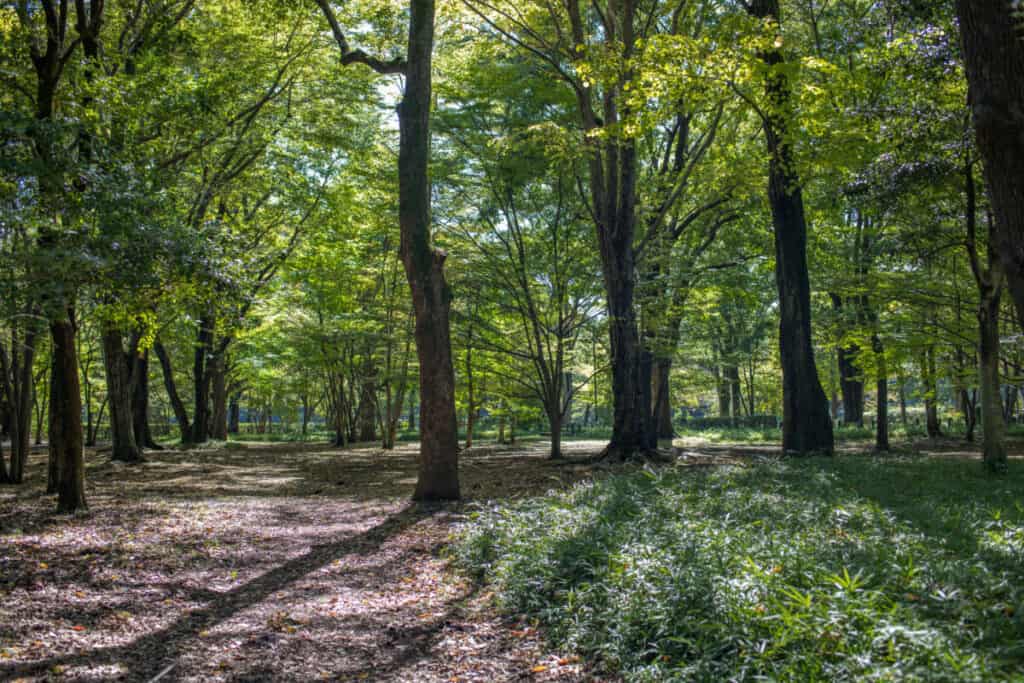
The ninomaru of the East Garden has gone through significant development, with reconstruction in 1968. In all the reconstruction, the gardens have stayed true to their original Edo Period design.
Museum of the Imperial Collections
The Museum of Imperial Collections is a large art museum in the ninomaru section of the East Gardens. The Imperial Household Agency opened it in 1993 after the Imperial Household donated 6,500 personal pieces to the Japanese government.
Museum Of The Imperial Collections Via Wikipedia
Since the museum’s establishment, many Imperial Household members have continued to donate their artwork. Currently, there are over 9,800 pieces of art in the museum. Exhibits are constantly changing, and visiting the museum at the East Gardens is free.
Ninomaru Iris Garden
The Ninomaru Iris Garden is one of the most beautiful parts of the East Garden. You can find over 84 flower species in Ninomaru Gardens. An annual flower calendar indicates when flowers will bloom so you can plan your trip around your favorite Japanese flowers.
Annual Flower Calander Of The East Garden
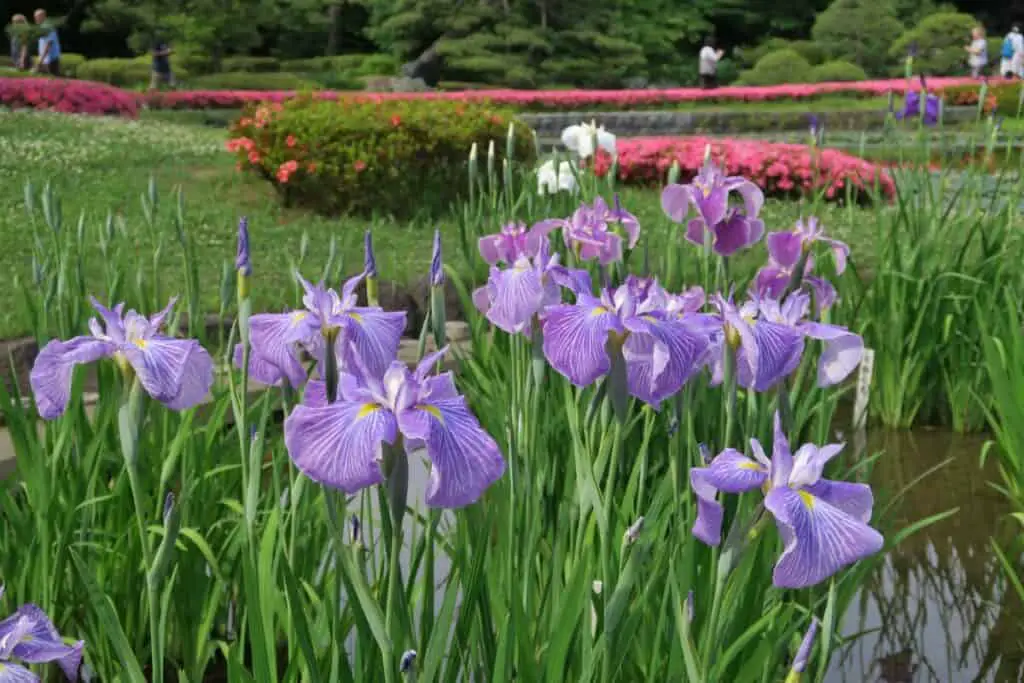
Ninomaru Pond has some of Japan’s most rare aquatic species. This beautiful pond still stands in its original 18th-century position, with minimal artificial alterations.
Nearby the pond is a beautiful awning that you can sit underneath to view the pond and escape from the sunlight on a hot day.
Rest Area
You can find the convenient rest area located in the ninomaru section of the East Gardens. In addition to containing a toilet, there is also an information stand in the Rest Area. Several seats and picnic tables can help you take a break from your feet.
Before leaving the rest area, you can get a free, multi-lingual pamphlet with a map and other information about the East Gardens. An official East Gardens pamphlet can make exploring the gardens more enjoyable.
Map Of The Imperial East Gardens
Tenshudai Donjon Base
The Tenshudai Donjon Base is the foundation of the former Edo Castle tower. The Imperial Family constructed this tower in 1638, but unfortunately, it was destroyed by fire a few years later.
Today, it is a popular destination for visitors to the East Garden. You may climb to the top of the foundation using a newly constructed ramp to get a better view of the surrounding park.
The top of the ramp is a wonderful place to view the changing scenery or capture photography.
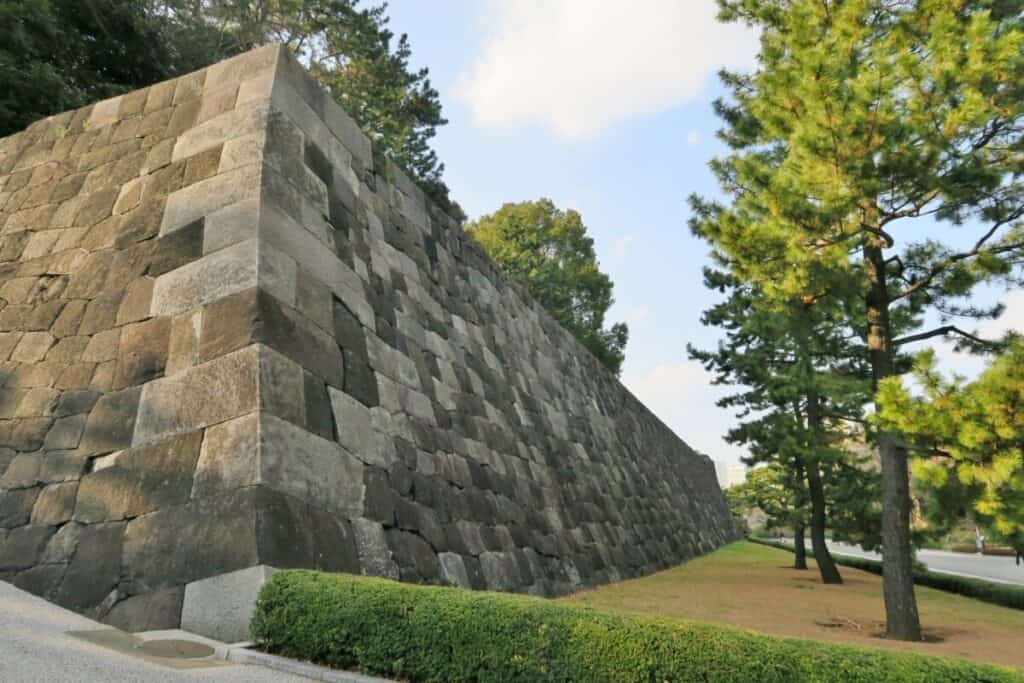
In addition to the scenic views, Tenshudai Donjon Base is great for viewing ancient Edo Period architecture. Since it is one of the last-standing Edo Period buildings on the East Garden grounds, it is very popular.
Hyakunin Bansho
Hyakunin Bansho is a historical site in the honmaru. At one point, this building was a guard tower for the Imperial Household but is now a remaining piece of history that is closed to the public.
Although you may not enter the vacant guard tower, you may view and take great photos from a distance.
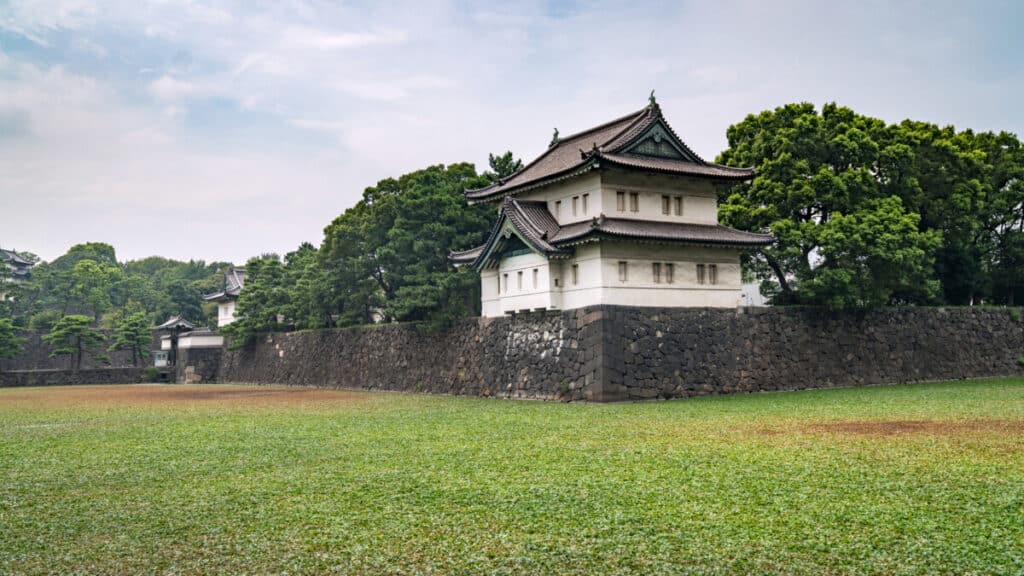
Getting to the East Gardens of Imperial Palace
The East Gardens are only a ten to fifteen-minute walk from Tokyo Station. You may also travel a short walk from Otemachi Station from one of the many railway lines.
Imperial East Gardens Location Via Google Maps
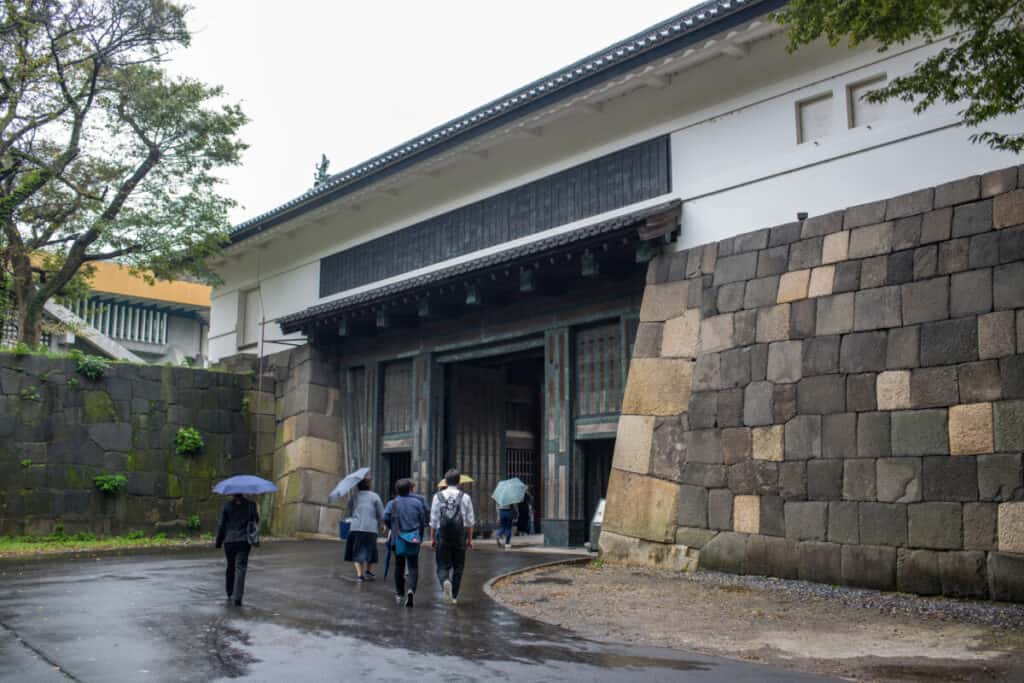
The East Gardens are a public park which means entry is free. Enter through one of the three gates: Otemon Gate, Hirakawamon Gate, or Kitahanebashimon Gate. Otemon Gate is located closest to Tokyo station.

